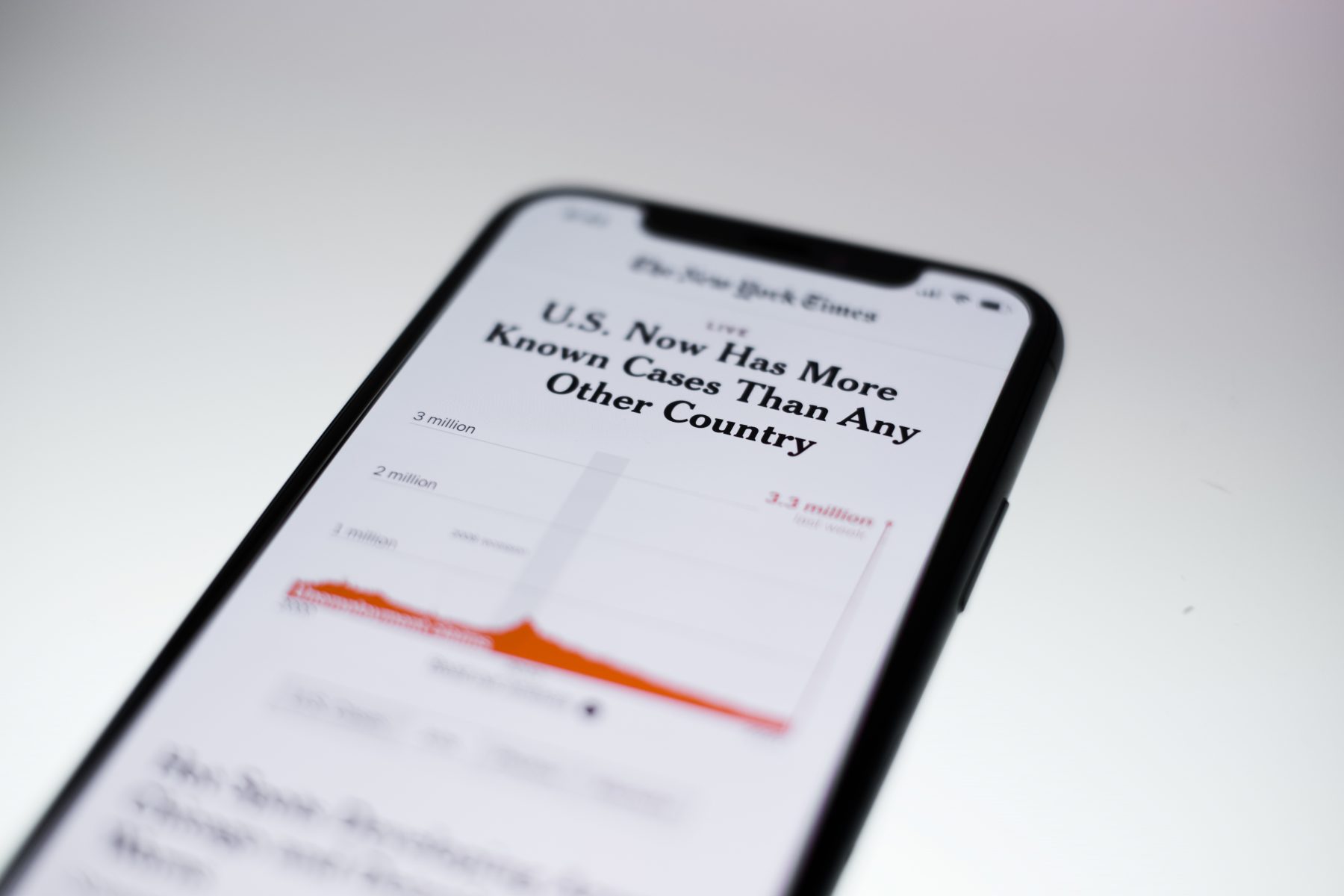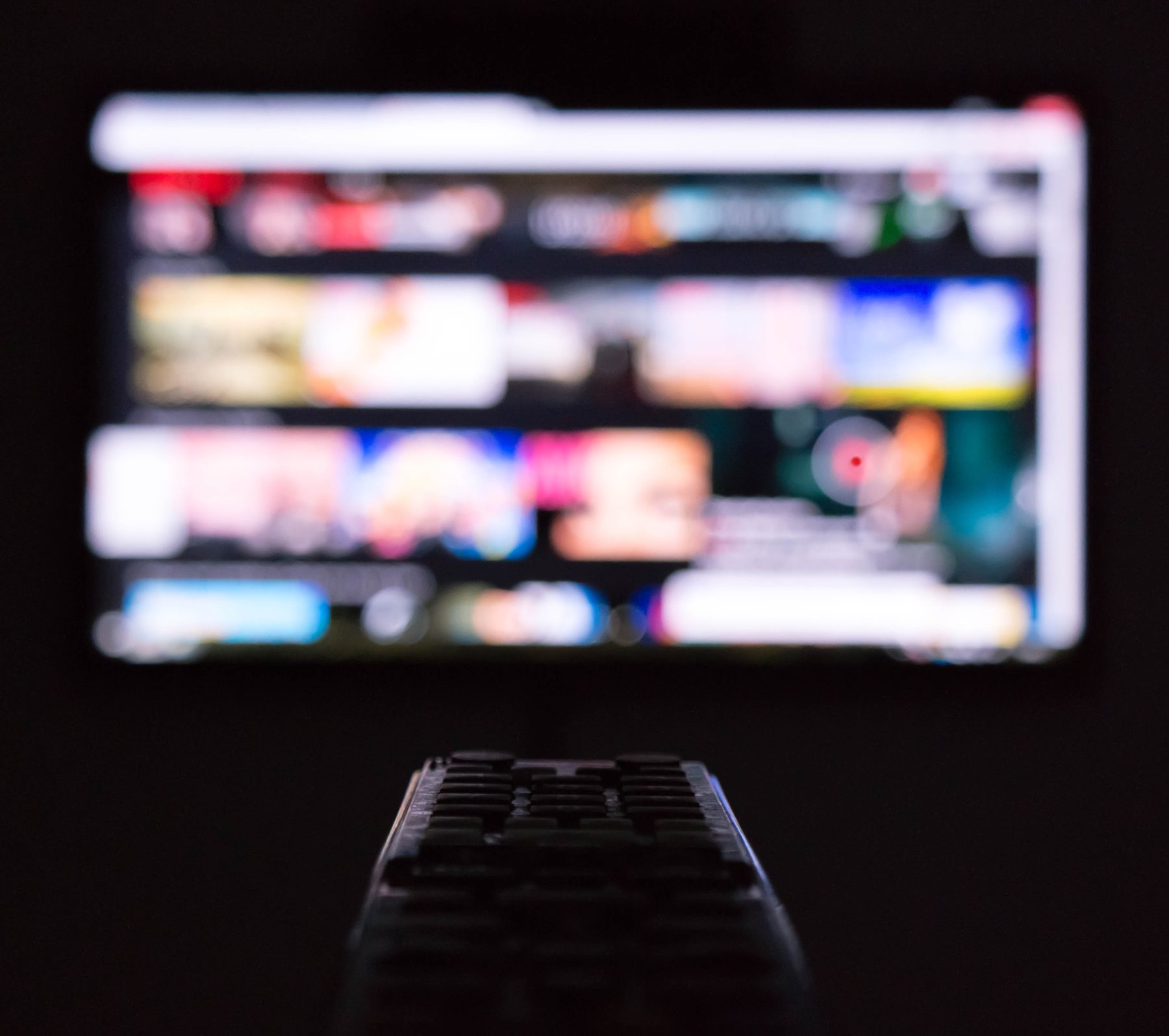In our age of interconnectedness, access to the media is woven into our daily lives. Within hours, news can diffuse throughout the community and across the world.
Media outlets are vital for delivering news and warnings. But while many news companies are responsible in their reporting, there are just as many who aren’t.
The way that news events or images are presented in the media can significantly impact how we perceive them.
Dr. Anna Klas from Deakin University’s School of Psychology says that consuming media can help us stay up to date, but that we must also be aware of the negative effects it can sometimes cause.
The omnipresence of media
We have more access to media, news and people than ever before. We carry smartphones, tablets and laptops wherever we go, checking them multiple times a day or hour.
“We use and consume media in excessive amounts,” Dr. Klas says.
Although we still largely use traditional media like television and newspapers, Dr. Klas says that, “almost half of Australians use social media as one of their primary sources for accessing news and important information.
“It’s almost omnipresent.”
On social media, “people can immediately give feedback via comments.”
The comments section is particularly hazardous: many people tend to acknowledge a story with a ‘like’, but aggressors and complainers often comment, filling the space with negativity.
The coronavirus hype
The coronavirus received extensive coverage in traditional and social media.

There is no doubt that coronavirus stories are highly newsworthy. However, the pandemic has often been presented using sensationalist and frightening language that does more harm than good.
News and videos such as people fighting over toilet paper in the supermarket were favoured by the media and shared because they made a more interesting story.
“We don’t see people displaying normal, cooperative behaviour,” Dr. Klas says. But in reality, “most Australians display prosocial behaviour in emergencies.”
If all we saw was death, worldwide panic and a shortage of items and resources, it’s no wonder panic outpaced the spread of the virus itself.
Dr. Klas says that while people did show antisocial behaviour during past pandemics, the media today may be intensifying our perception of threat.
Coronavirus is the first major disease outbreak to emerge in the era of social media. And we haven’t before seen this level of panic in response before. Coincidence?
Repeated exposure causing distress
Devastating stories can be viewed by anyone in an infinite news feed with no trigger warnings.
Trigger warnings are alerts at the beginning of a video or information informing the viewer that it may contain distressing material. Without any, we might be shocked or troubled by what pops up.
“When people are exposed to these news events and images, they can certainly experience high levels of distress,” Dr. Klas says. “This is due to the threat they are perceiving, often because of the coverage of the events.
“Humans are naturally very attuned to threat, cognitively and evolutionarily to ensure our survival.”
We can become overwhelmed with around-the-clock bombardment of natural disasters, violent crimes and terrorist attacks.
“If you’re getting threatening messages from traditional and social media, feelings are more intensified than 50 years ago when you could just turn off the TV.

“When we have this heightened feeling of distress, especially over a significant period of time,” Dr. Klas says, “this can decrease self-efficacy—the belief that we can actually do something.”
Dr. Klas says that this can impact our mental health and wellbeing. When humans feel helpless, we are more fearful.
Fear makes threats feel more imminent and we’ll try to find ways to restore control.
Dr. Klas says that emotions have a strong influence on what we do. With panic buying for example, “it’s speculated to be an easy behaviour to try to reduce feelings of threat and increase self-efficacy in an uncontrollable situation.”
Emotional contagion can also come into play. “The negative emotions arising from threat can be quite contagious.” Fearful reactions therefore become even more widespread.
Misinformation breeds
A lack of information, especially when faced with a new, unknown and threatening situation, leaves people hungry for details about what is actually happening.
Misinformation can flourish.
It’s easy for people with or without credentials to engage with or share any information on any topic via social media.
There’s a lot of general information readily accessible without people bothering to do any further research. Credible information may also not be as interesting.
Dr. Klas highlights the availability bias: you may be seeing similar information repeatedly, so it’s going to come to mind when trying to explain what’s going on.
Dr. Klas also says that people are psychologically more likely to seek out and share information that confirms their own prior beliefs, even if they’re not entirely true.
Lastly, we’re less likely to question information shared by someone from a social group that we feel affiliated with.
The more people absorb, mutate and spread misinformation, the larger the snowball effect (and overreaction).
Comparing the Australian bushfire coverage
Immediately prior to the coronavirus, Australia experienced another distressing event—the recent Australian bushfires.
“The media covered these very differently, even though they’re both dealing with disasters and threats,” Dr. Klas says.
Funnily enough, the public’s reaction was vastly different, too.
“The bushfires are an environmental event that Australians experience every summer,” Dr. Klas says. “We know what to do.”
Although we saw constant distressing portrayals of devastation like burnt houses and koalas, media outlets focused on raising national and international awareness, money and uniting the country.
“When you look at how the media covered the bushfires, a lot of it focused on our values and national character like mateship and coming together to fight against this threat.”
Dr. Klas also says that there was a lot of coverage on the intensity of bushfires increasing due to climate change, taking the blame off any one group.
The coronavirus, on the other hand, has often been presented to “blame certain people since it came from a certain country,” Dr. Klas says. “It’s easy to say this is their fault, they did this to us.”
Coronavirus is something we’ve never experienced before, over a longer period of time and with a greater global reach and therefore media coverage.
Being a health event, it presents a stronger personal impact and threat for more people that the media can play on.
Onwards and upwards
There are some things we can do if we’re experiencing distress and negative emotions triggered by consuming media.
“One way is to reduce how much news and social media you’re consuming,” Dr. Klas says. “Turn off your TV or phone, close the laptop. Give your mind a rest from this constant perception of threat.

“Be conscious of what media you’re consuming,” she adds.
For example, Facebook acts as an echo-chamber where it will keep feeding you similar types of news stories you’ve engaged with in the past, regardless of their credibility or your actual attitude or interests.
Before you share news, look into its credibility. “Seek media that’s fact-checked, where they’re being thoughtful in their coverage.
“Consume media that isn’t making you frightened or distressed. Focus on more positive news where people are showing prosocial behaviour.”
While news and communication are crucial during these times, people should be informed in a calm, reassuring way and by experts first. Some reputable news sources include ABC News and SBS News.
We don’t have to be constantly tuned into every bit of news presented in the news loop. Stay informed, but stay well.



